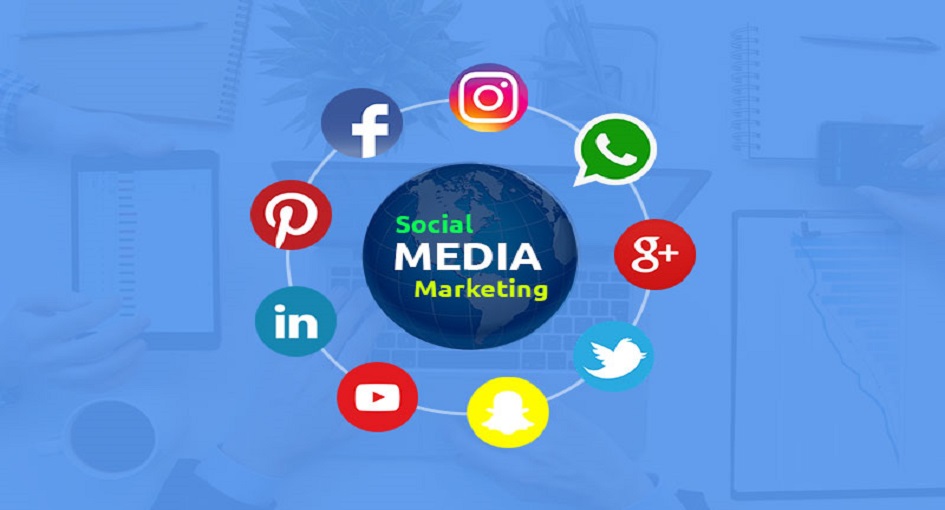
In the ever-evolving landscape of social media marketing, professionals continually seek ways to gauge success, adapt to trends, and optimize their strategies. As we step into 2023, the role of social media in business has become more significant than ever. Explore the professional indicators that matter in social media marketing for the year 2023. These indicators serve as guideposts for marketers to assess their performance, adapt to changing dynamics, and stay ahead of the curve.
Traditionally, likes and shares have been the go-to engagement metrics. However, 2023 sees a shift towards more meaningful engagement indicators. Metrics like comments, meaningful conversations, and the depth of user interactions have gained prominence. Brands are increasingly valuing quality over quantity, focusing on fostering genuine connections with their audience.
Measuring return on investment (ROI) has always been crucial, but the ability to attribute revenue to specific social media efforts has become more advanced. Professionals should have a system in place to track conversions, sales, and leads generated directly from social media campaigns. This not only justifies marketing budgets but also guides strategy refinement.
Understanding the long-term value of social media-acquired customers is vital. CLV helps in estimating the revenue a customer will generate throughout their relationship with a brand. It’s a valuable indicator of social media marketing effectiveness in building a loyal customer base.
In 2023, sentiment analysis is increasingly used to assess the emotional tone of social media conversations related to a brand. This indicator provides insights into customer perceptions, helping marketers tailor their strategies to better align with public sentiment.
Measuring the growth of a brand’s social media community is still relevant, but its health is gaining importance. Marketers are focusing on indicators like engagement rate, community sentiment, and the quality of interactions within the community to ensure a thriving and supportive audience.
Video continues to dominate social media, and video content indicators are more critical than ever. Marketers need to pay attention to metrics like video completion rates, viewer retention, and click-through rates in videos to optimize their video content strategy.
Creating content that resonates with the audience and has the potential to go viral is a priority for 2023. Marketers are tracking the number of shares, retweets, and mentions their content receives, as well as the reach of viral campaigns.
Influencer marketing is a powerhouse in social media, and assessing the effectiveness of influencer partnerships is essential. Metrics like engagement with influencer posts, the growth in the brand’s following, and sales attributed to influencer collaborations are significant indicators.
As mobile usage continues to grow, marketers are paying more attention to mobile-specific metrics. These include mobile conversion rates, app downloads, and click-to-call actions that reflect the increasing significance of mobile users.
With the rise of data privacy concerns and regulations, social media professionals need to monitor compliance indicators. This includes tracking opt-in rates for data collection, consent forms, and adherence to data protection laws.
UGC is a goldmine for brands, and measuring its engagement is paramount. UGC engagement metrics include the number of user-generated posts, the reach of UGC campaigns, and the influence of UGC on sales.
Social media has become a primary channel for customer service. Metrics related to response times, query resolution rates, and customer satisfaction scores on social media are vital for assessing a brand’s commitment to customer service excellence.
Social media crises can happen in an instant. Professionals need to monitor indicators related to crisis preparedness, such as response times during emergencies, the containment of negative sentiments, and the speed of addressing issues.
The quality and relevance of content are becoming more critical. Metrics include content engagement, the number of users reached, and feedback on content quality from the audience.
New social media platforms and features continue to emerge. Professionals should monitor metrics on these platforms to assess their potential relevance to the brand and audience.
In conclusion, the professional indicators in social media marketing have evolved to reflect the changing landscape of digital marketing. Beyond traditional engagement metrics, marketers must focus on ROI, customer lifetime value, sentiment analysis, community health, and the effectiveness of influencer collaborations. Metrics that embrace mobile usage, data privacy, and user-generated content are now essential. Preparedness for crisis management, content quality, and the monitoring of emerging platforms are also key areas of focus. These indicators serve as a compass for marketers, guiding their strategies, and helping them adapt to the ever-shifting sands of marketing in the digital age.